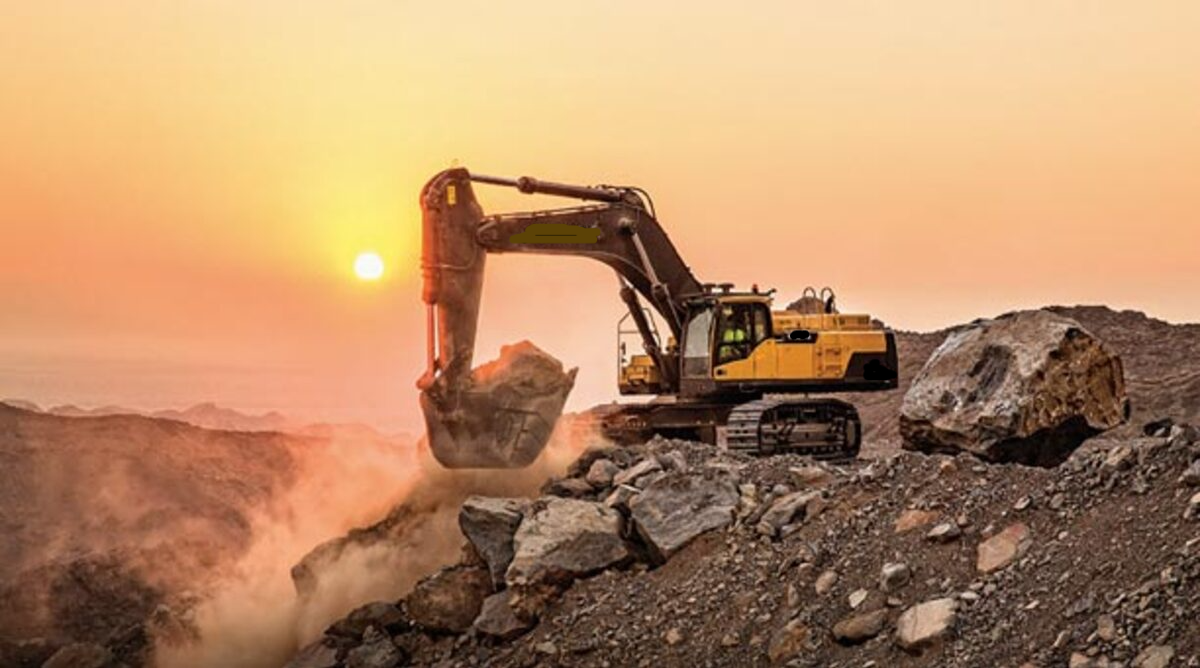The vast landscape of mining operations, excavators stand as stalwart companions, essential for a multitude of applications that drive efficiency and productivity. These versatile machines, equipped with powerful hydraulic systems and articulated arms, have become the backbone of various mining processes. Let’s delve into the diverse applications and uses of excavators in the intricate world of mining without treading the path of repetition.
1. Stripping Operations: Preparing the Ground
Excavators play a pivotal role in the initial stages of mining, particularly in stripping operations. Their robust build and precision enable them to efficiently remove overburden, exposing valuable mineral deposits beneath the earth’s surface. The versatility of excavators ensures that the stripping process is not only effective but also tailored to the specific geological conditions of the mining site.
2. Digging and Loading: Extracting Riches from the Earth
One of the primary applications of excavators in mining is the extraction of minerals through digging and loading operations. The hydraulic systems and articulated arms empower excavators to delve into the earth, extract ore, and load it onto waiting haul trucks. This process is crucial for ensuring a continuous flow of raw materials to subsequent processing stages, enhancing overall mining efficiency.
3. Precision Grading: Shaping the Terrain
Excavators showcase their finesse in precision grading, a critical task in mining operations. Once minerals are extracted, the terrain needs careful shaping and levelling. Excavators, with their articulated arms and precise controls, are adept at creating level surfaces and maintaining the desired gradient. This ensures a conducive environment for subsequent mining activities and facilitates smooth transportation on-site.
4. Trenching and Bench Formation: Methodical Mining Practices
In certain mining methods, such as open-pit mining, excavators are instrumental in creating trenches and forming benches. Trenching involves the excavation of long channels for various purposes, including the installation of infrastructure or access for mining equipment. Excavators contribute to bench formation by meticulously carving out stepped, horizontal sections in open-pit mines, optimising access and extraction efficiency.
5. Ore Sorting and Stockpiling: Streamlining Processes
Excavators prove their worth in ore sorting and stockpiling, where efficiency is paramount. After the extraction process, minerals are often sorted based on their composition and quality. Excavators, equipped with specialised attachments, facilitate this sorting process by efficiently handling and segregating different grades of ore. The sorted material is then stockpiled for further processing or transportation.
6. Infrastructure Development: Building Foundations for Mining
Beyond direct mining activities, excavators contribute to infrastructure development within mining sites. They are utilised in creating foundations for structures such as processing plants, workshops, and storage facilities. Excavators efficiently excavate and prepare the ground for these essential structures, laying the groundwork for a functional and well-organised mining operation.
7. Rehabilitation and Land Reclamation: Sustaining the Environment
Mining activities often leave an impact on the landscape, and excavators play a crucial role in rehabilitation and land reclamation efforts. That’s why they are often regarded as the best irrigation equipment as well. After the extraction process is complete, excavators are employed to restore the site to its natural state. This involves filling in excavated areas, reshaping the terrain, and planting vegetation to promote environmental sustainability and mitigate the ecological footprint of mining operations.
8. Emergency Response: Versatility in Crisis Management
Excavators, due to their versatility, also find applications in emergency response situations within mining sites. Whether it’s clearing debris after a landslide, creating access routes for rescue teams, or assisting in the containment of environmental hazards, the adaptability of excavators makes them valuable assets in crisis management scenarios.
Selecting the Right Excavator for Mining: Tailoring to Needs
The applications and uses of excavators in mining are extensive and varied, underscoring the importance of selecting the right excavator for specific tasks. Factors such as the size of the mining operation, the type of minerals being extracted, and the geological characteristics of the site all influence the choice of excavator. From compact excavators for confined spaces to large hydraulic excavators for heavy-duty operations, the versatility of excavators ensures that they can be tailored to meet the unique demands of any mining project.
Conclusion
In the intricate web of mining operations, excavators emerge as indispensable allies, contributing to every facet of the mining process. From initial stripping operations to rehabilitation efforts, these versatile machines showcase their prowess in diverse applications, each of which plays a crucial role in enhancing the efficiency and sustainability of mining endeavours. As technology continues to advance, excavators are likely to evolve further, becoming even more integral to the ever-evolving landscape of the mining industry.














